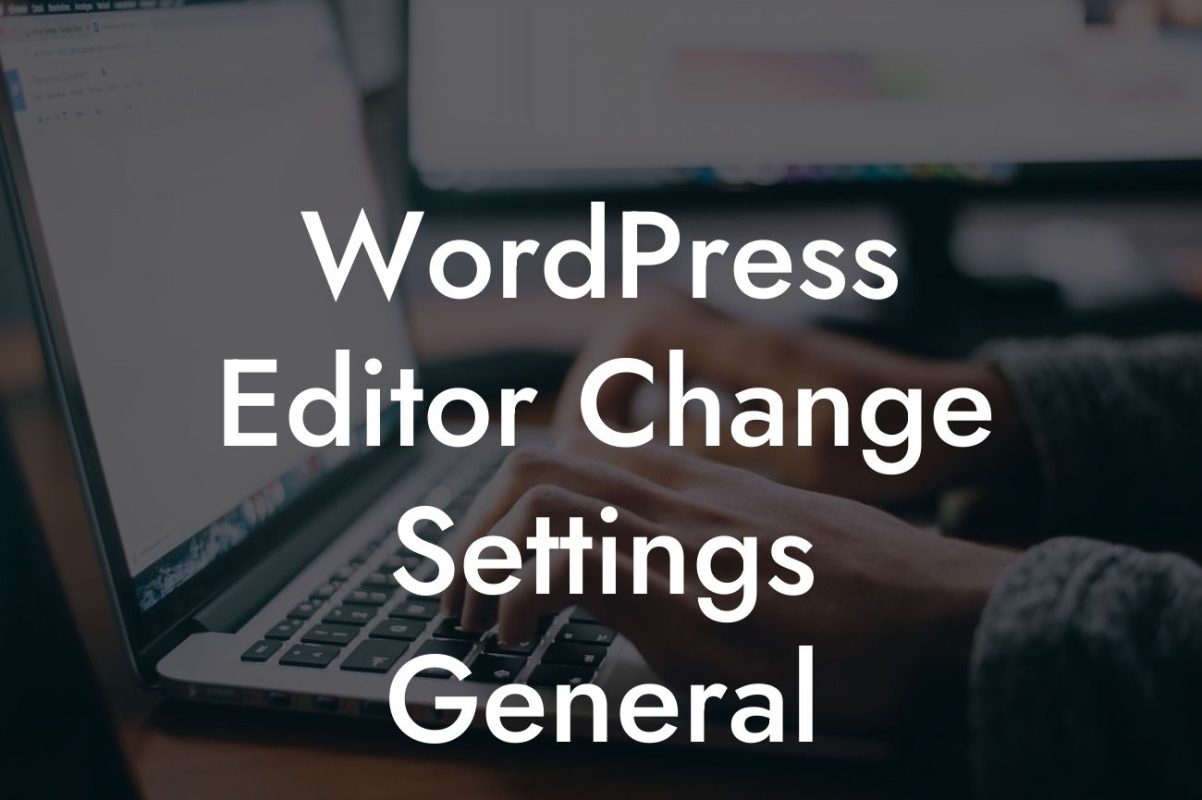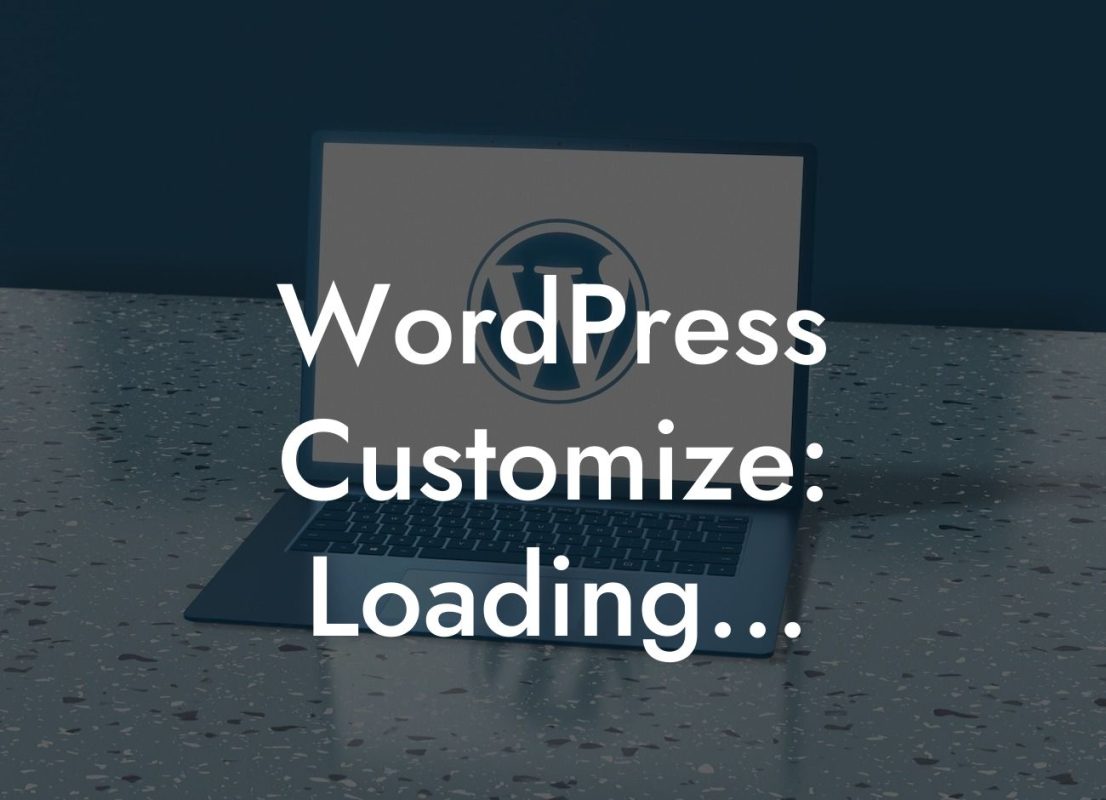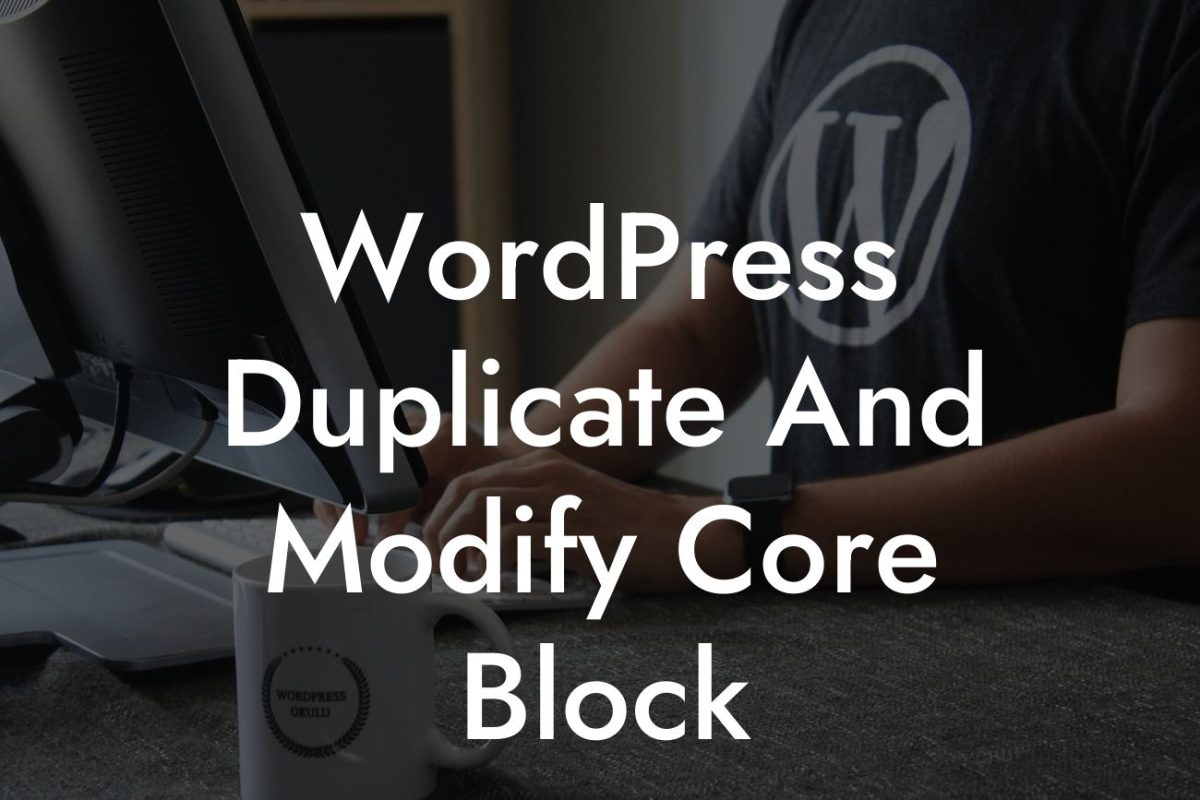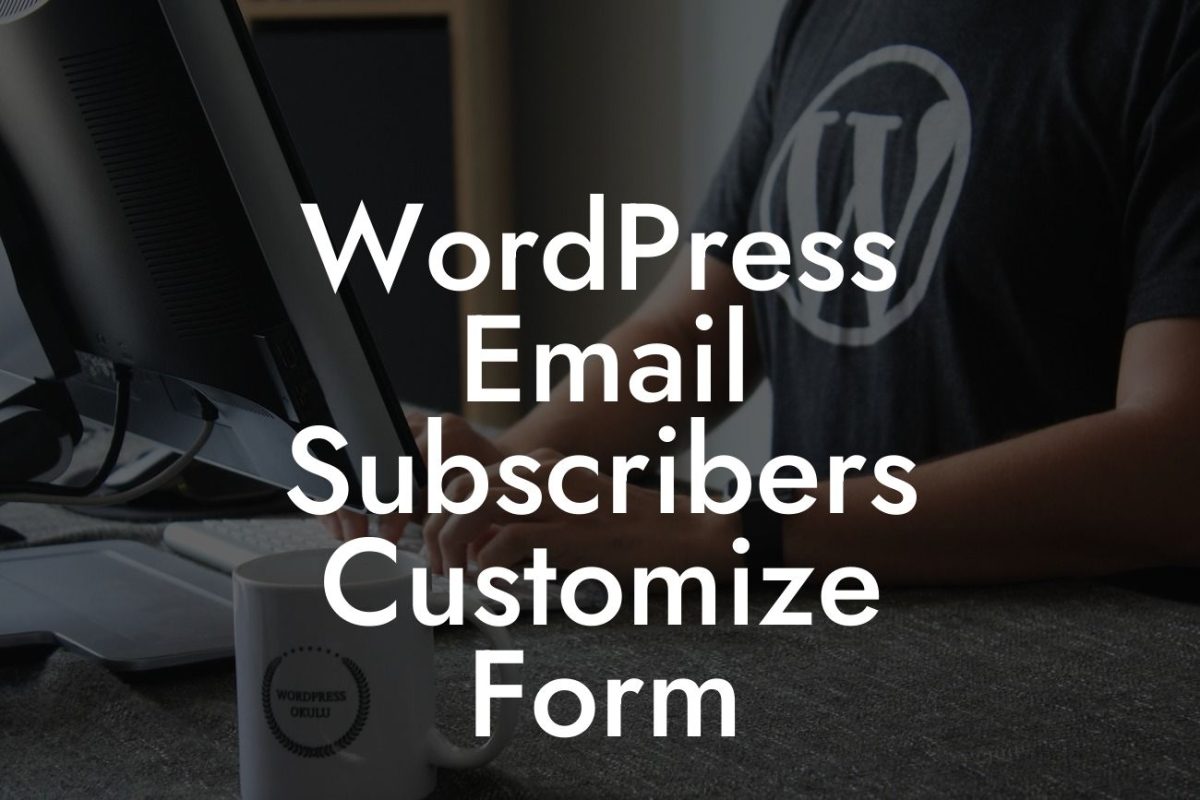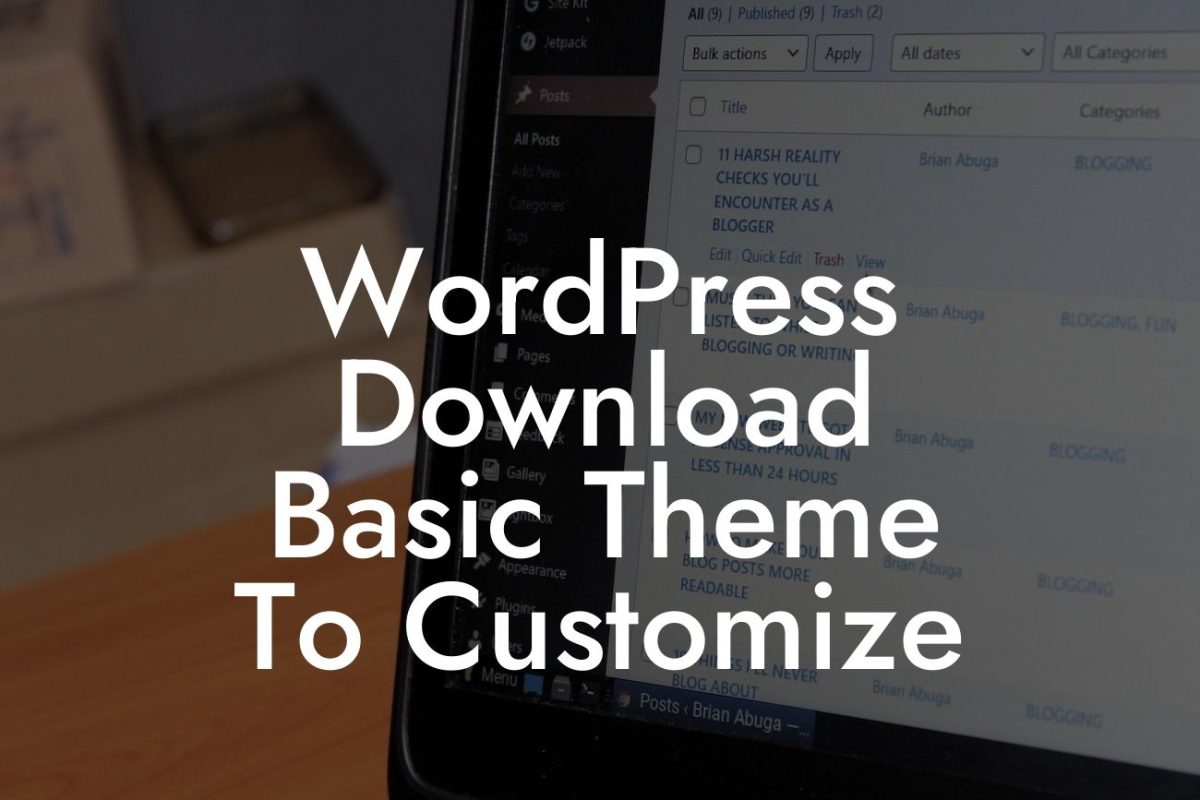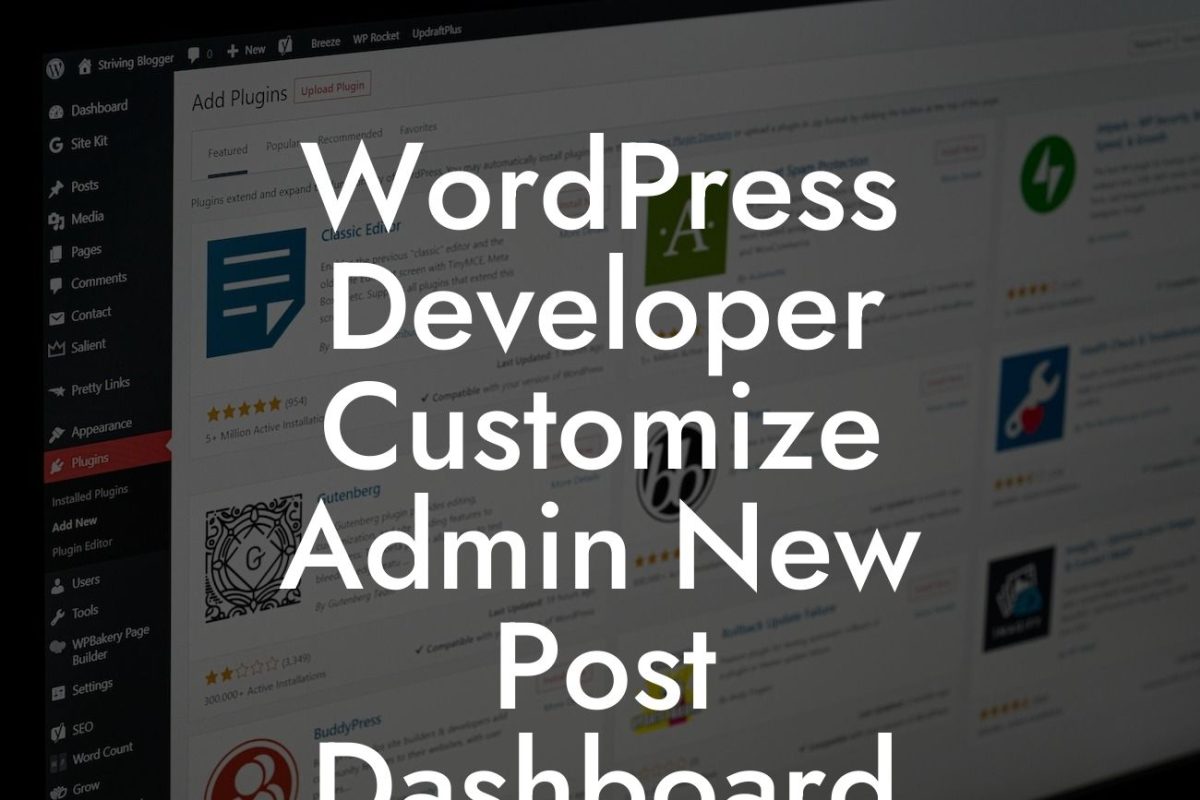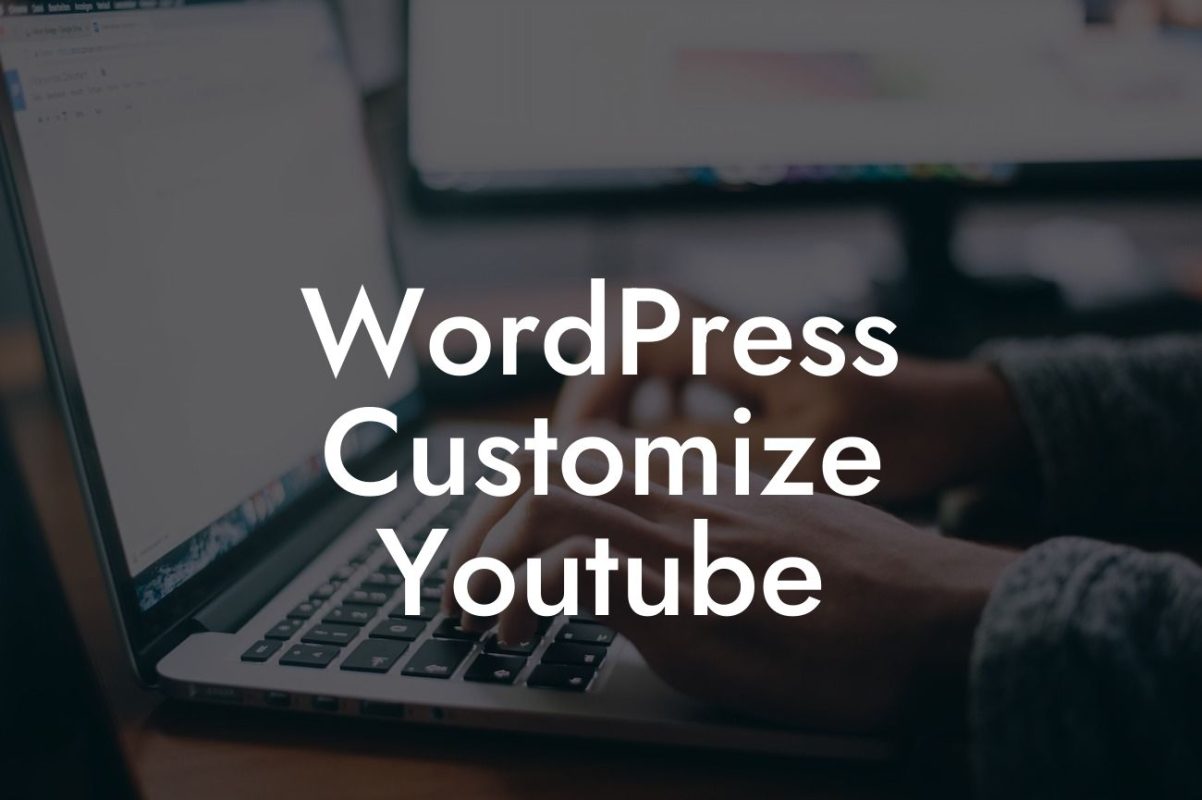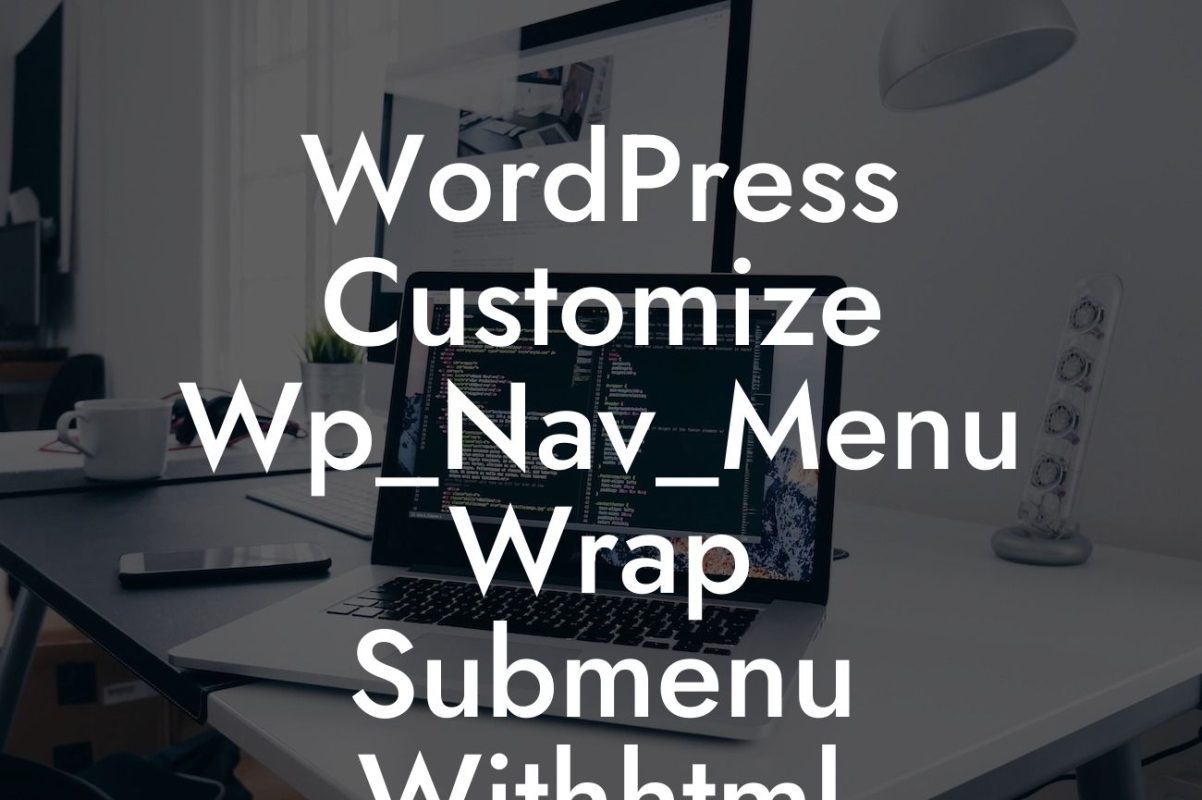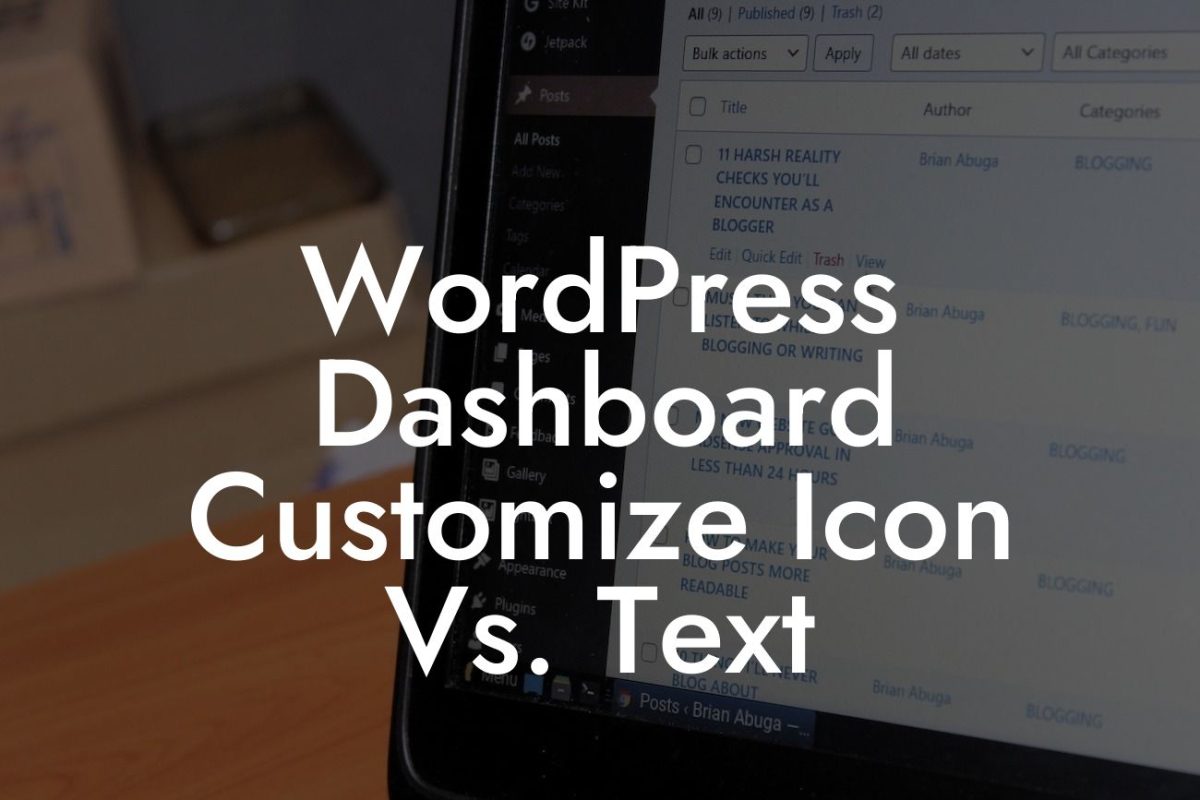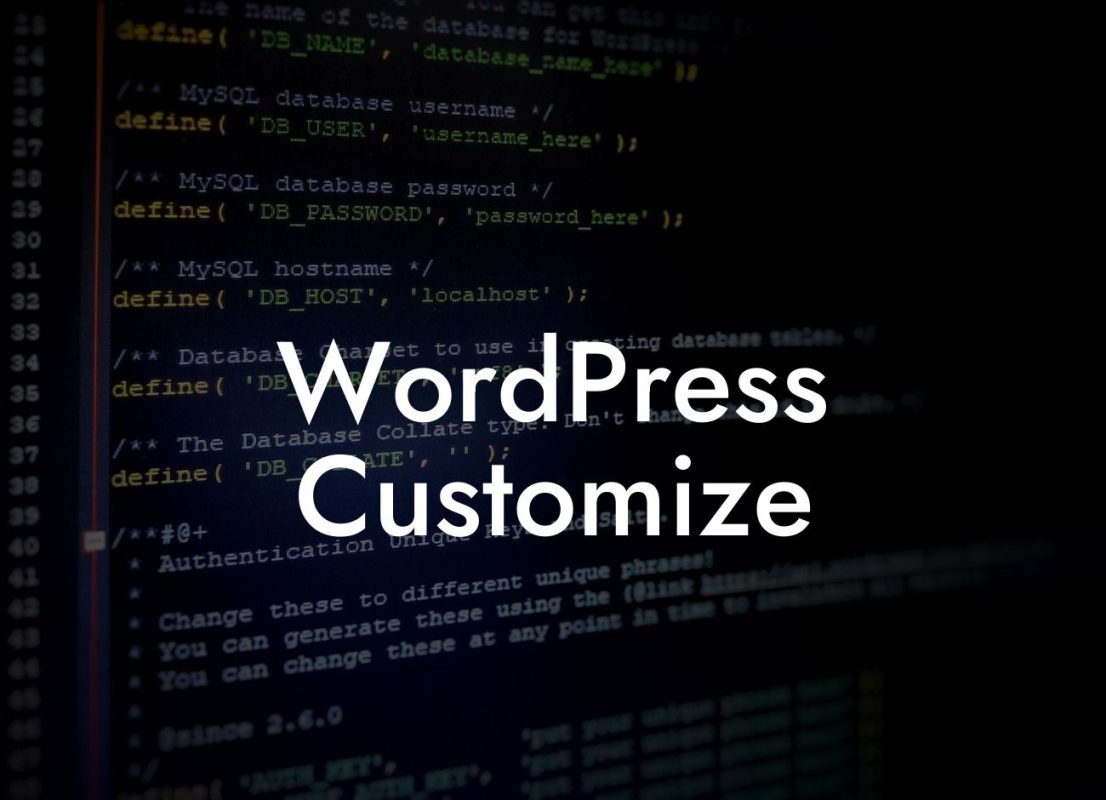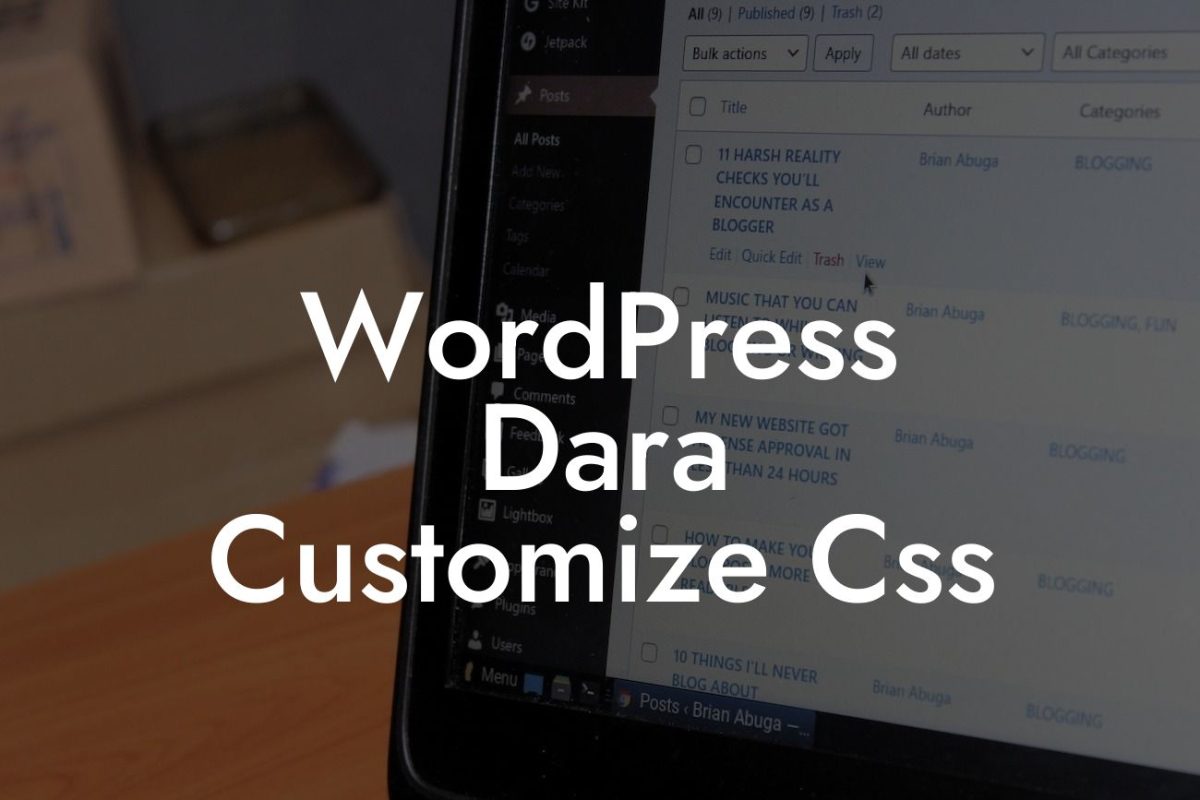URL slugs play a crucial role in your website's search engine optimization (SEO) strategy. They not only impact your website's visibility in search engine results but also affect user experience. In this comprehensive guide, we will walk you through the process of changing URL slugs in WordPress. By implementing these strategies, you can enhance your website's performance, increase organic traffic, and ultimately supercharge your success.
Changing the URL slugs in WordPress is a simple yet significant step towards refining your website's SEO and improving user experience. Let's delve into the detailed process and explore how you can effectively modify your URL structure.
1. Understand the Importance of URL Slugs:
URL slugs are the user-friendly, human-readable text that appears after your domain name. They provide information about the page's content and help search engines understand the context of your webpage. Clear, concise, and relevant URL slugs greatly contribute to organic search rankings and user engagement.
2. Step-by-Step Guide to Changing URL Slugs:
Looking For a Custom QuickBook Integration?
- Install a dedicated SEO plugin: Choose a reliable SEO plugin like Yoast SEO or All in One SEO Pack to simplify the process.
- Access your WordPress dashboard and navigate to the page or post you wish to modify.
- Locate the "Permalink" or "URL Slug" option. This might be found under the editor or within the SEO plugin settings.
- Edit the URL slug with relevant keywords while keeping it concise and readable.
- Save or update the page/post to apply the changes.
3. Benefits of Changing URL Slugs:
Changing URL slugs offers various benefits, including:
- Improved SEO: Optimizing URL slugs with relevant keywords can significantly boost your website's visibility in search engine results.
- Enhanced User Experience: Clear and readable URL slugs make it easier for visitors to understand your page's content and navigate your website.
- Increased Click-Through Rates (CTR): Descriptive URL slugs can entice users to click on your page when it appears in search results, resulting in higher CTRs.
How To Change Url Slug In Wordpress Example:
Imagine you own a small business that offers personalized fitness training. Previously, your website's URL slug for the "Services" page was "www.example.com/services?postid=123." By changing it to "www.example.com/personal-training," your URL slug becomes more descriptive and user-friendly. This modification not only promotes better SEO with relevant keywords but also enhances the overall user experience, ultimately attracting more potential clients.
By following the step-by-step process outlined in this guide, you can easily change URL slugs in WordPress and unlock the potential of your website. Elevate your online presence and experience success like never before. Don't forget to explore other valuable guides on DamnWoo and check out our awesome range of WordPress plugins crafted exclusively for small businesses and entrepreneurs. Share this article with others who can benefit from these invaluable insights. Take your website to new heights with DamnWoo today!
Note: The above content is a representation of an engaging article and


